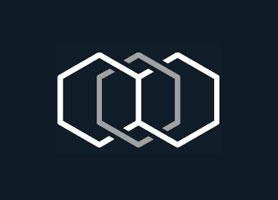This paper reports the clinical experience of a multi-center, multiple physician trial with a novel fractional radio-frequency ablative skin resurfacing and rejuvenation device (Fractora, Invasix, Israel) deployed on both Caucasian skin types I – III and Asian skin type IV. Histological study demonstrated deep ablation and collagen restructuring in the papillary and reticular dermis. The Fractora device combines the more “cone shaped” ablation seen with CO2 and Erbium lasers with a deep non-ablative heating pattern, seen with other bipolar RF fractional needle resurfacing devices. Ablation, coagulation zones and healing dynamics are analyzed for different energy settings. Two different treatment protocols are suggested: one for light skin and then one for darker skin with a higher risk of post-inflammatory hyper-pigmentation. Treatment results show improvement in skin texture, pores, wrinkles and skin dyschromia.


